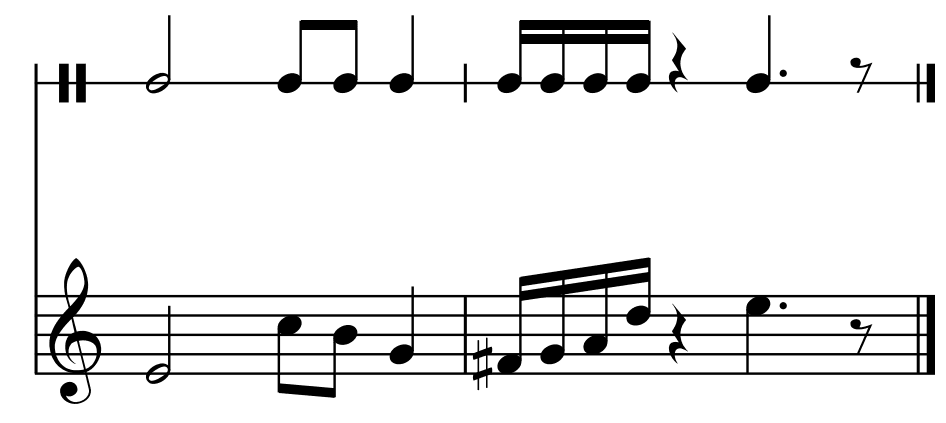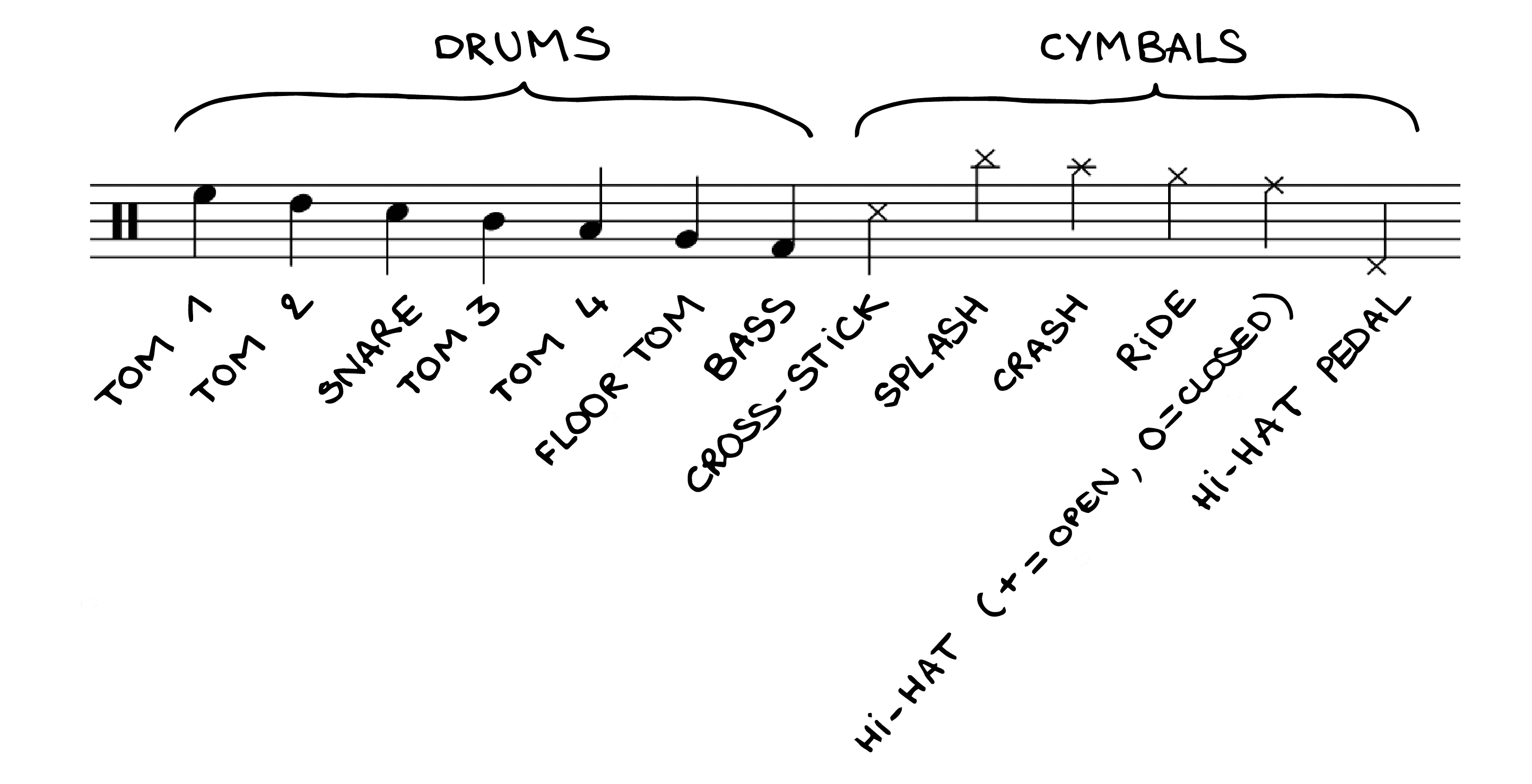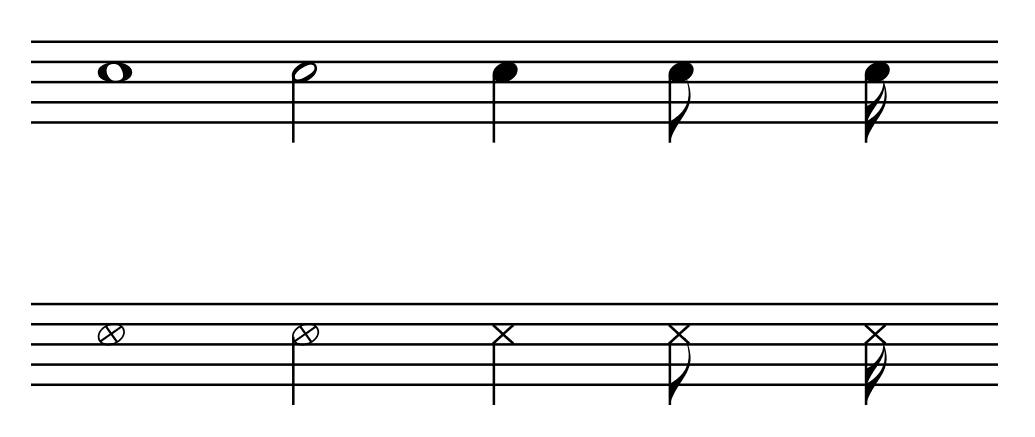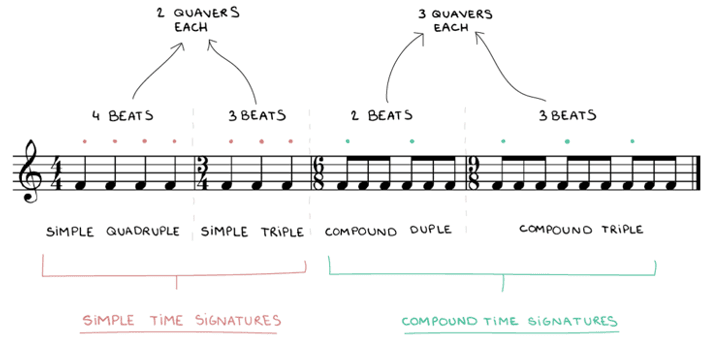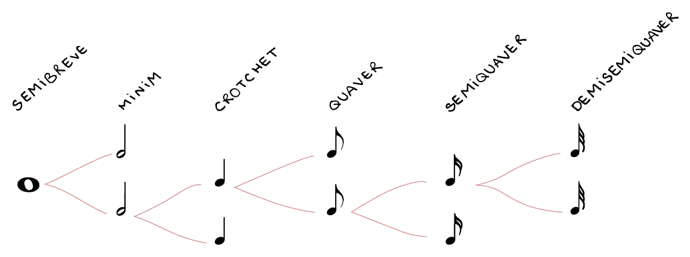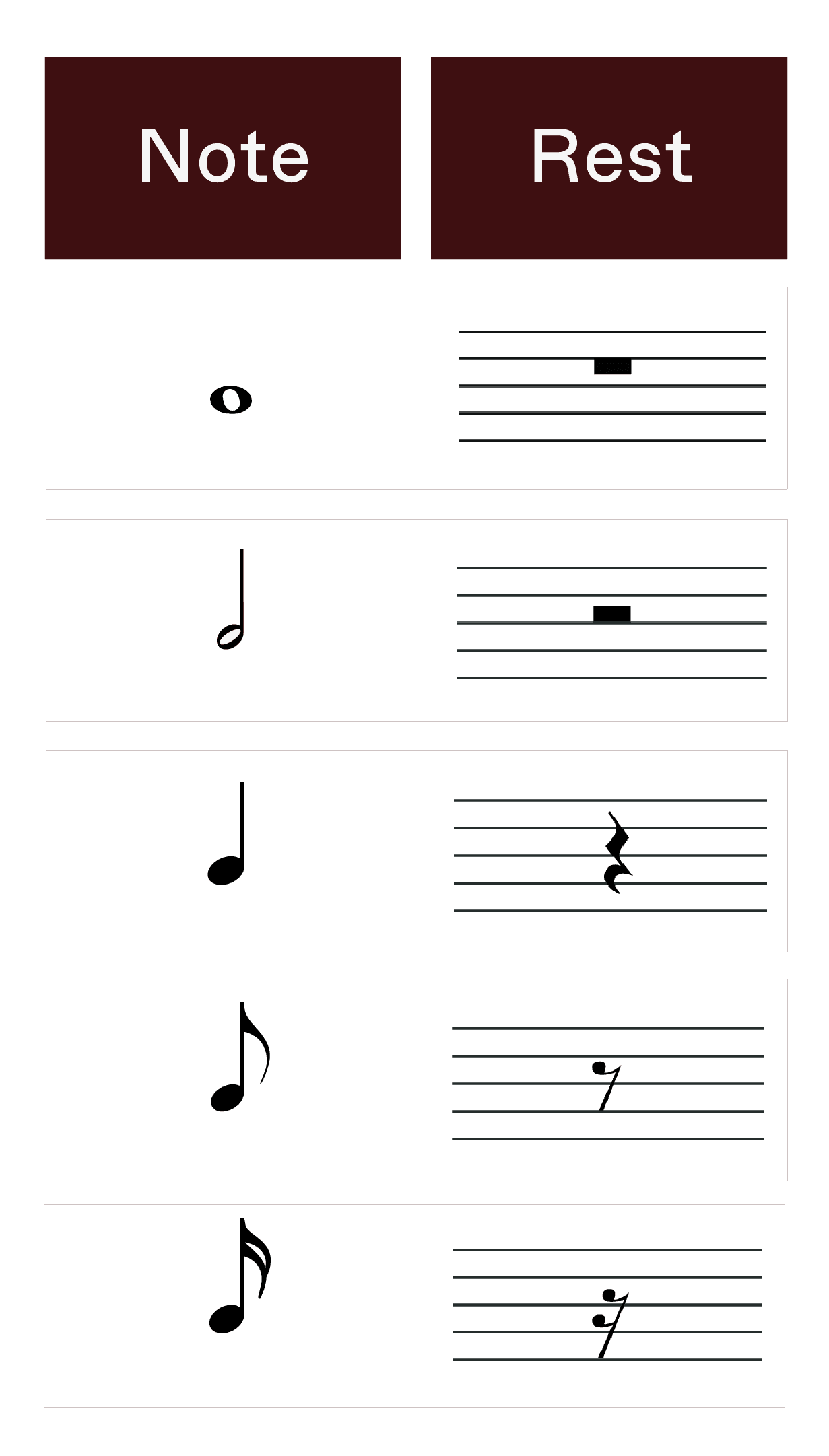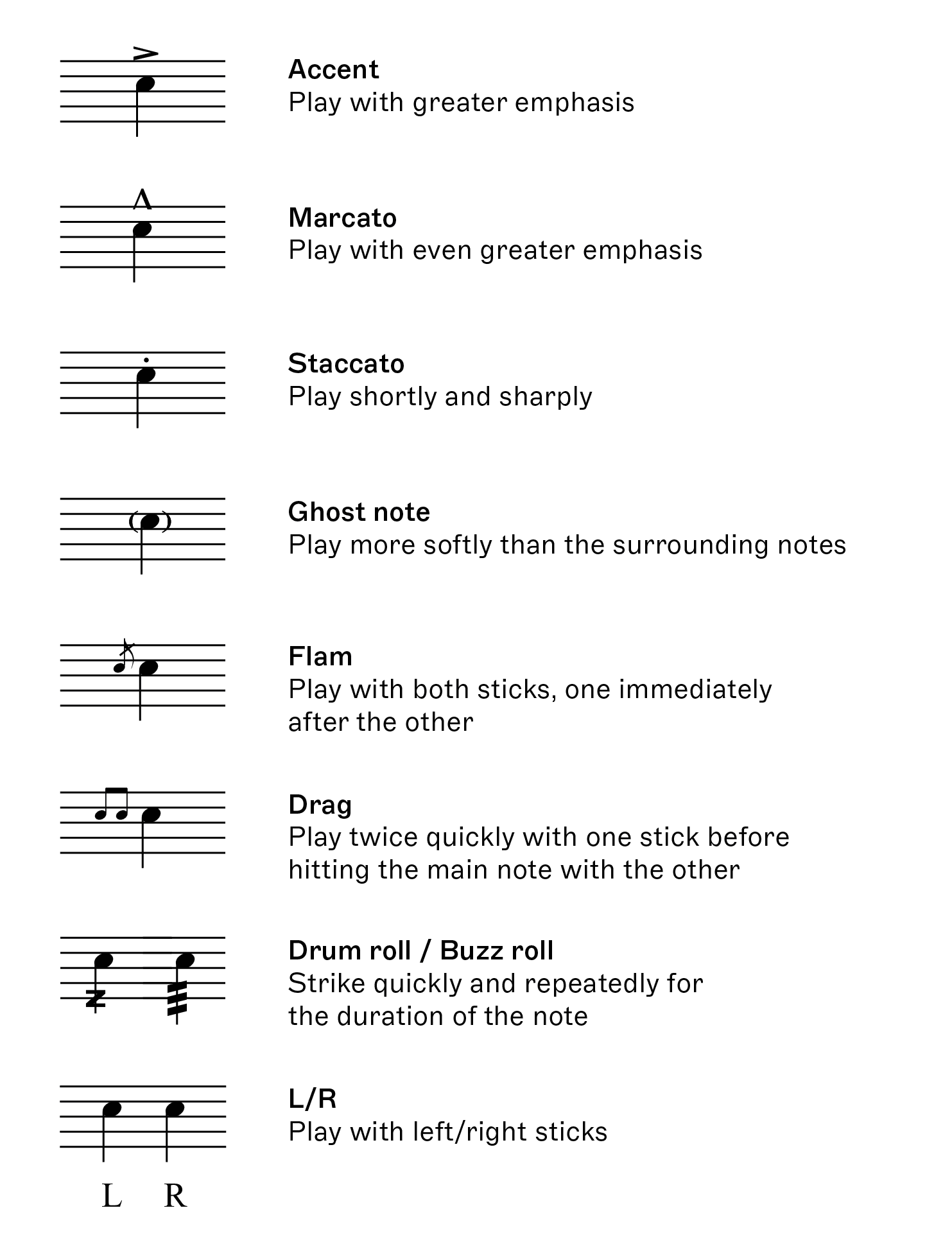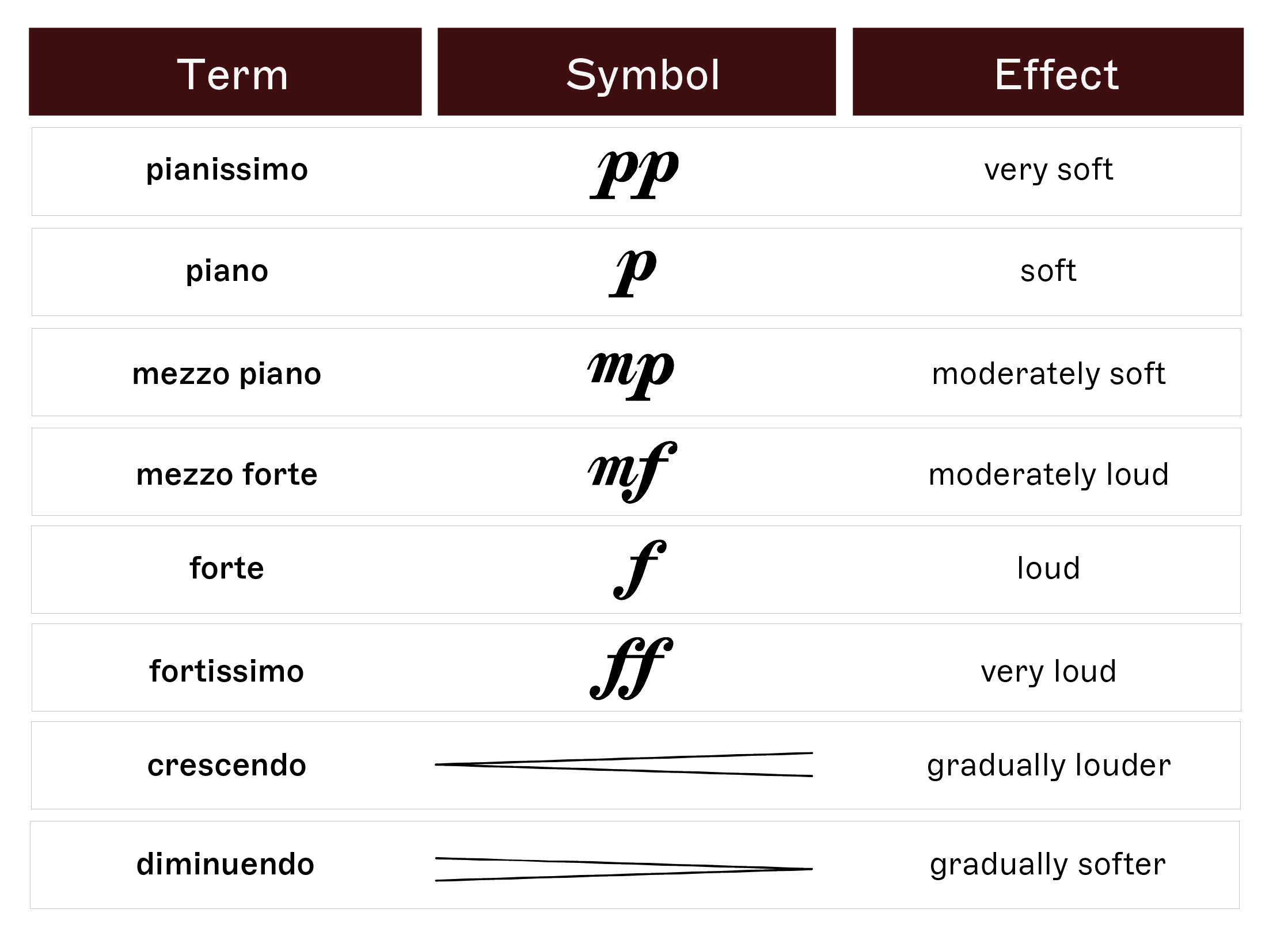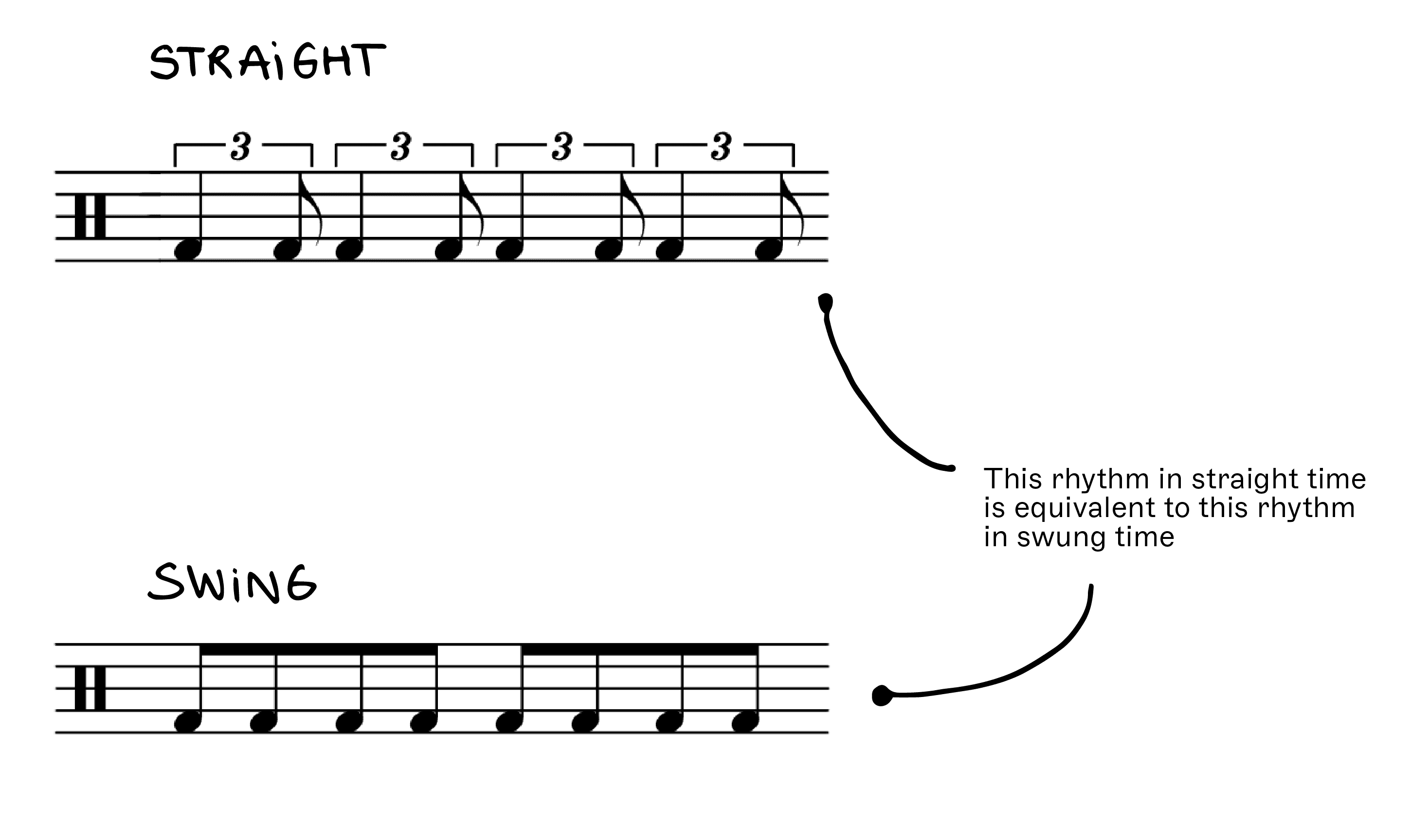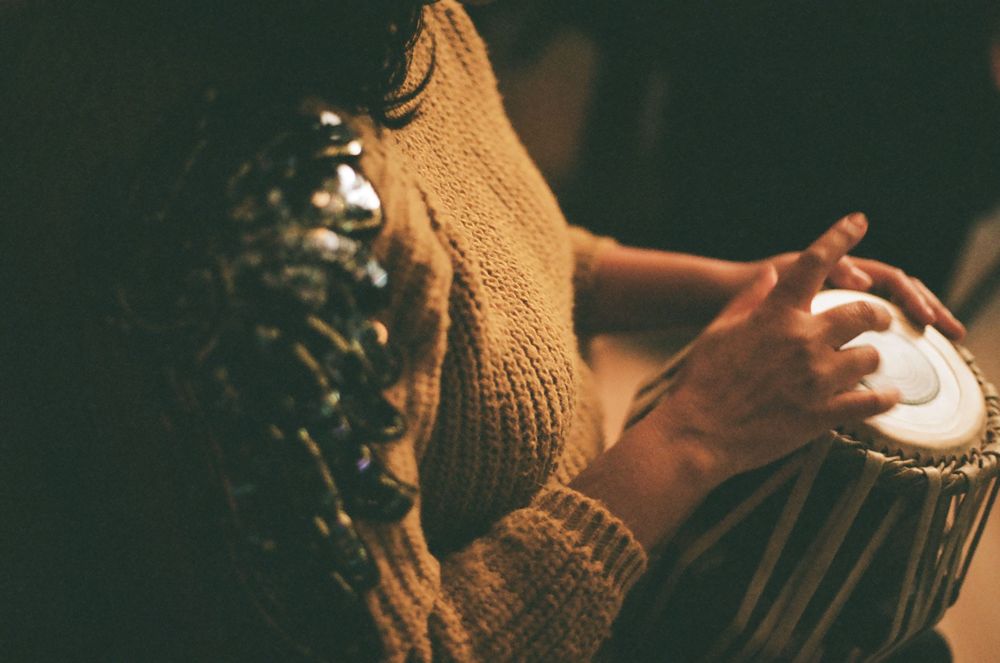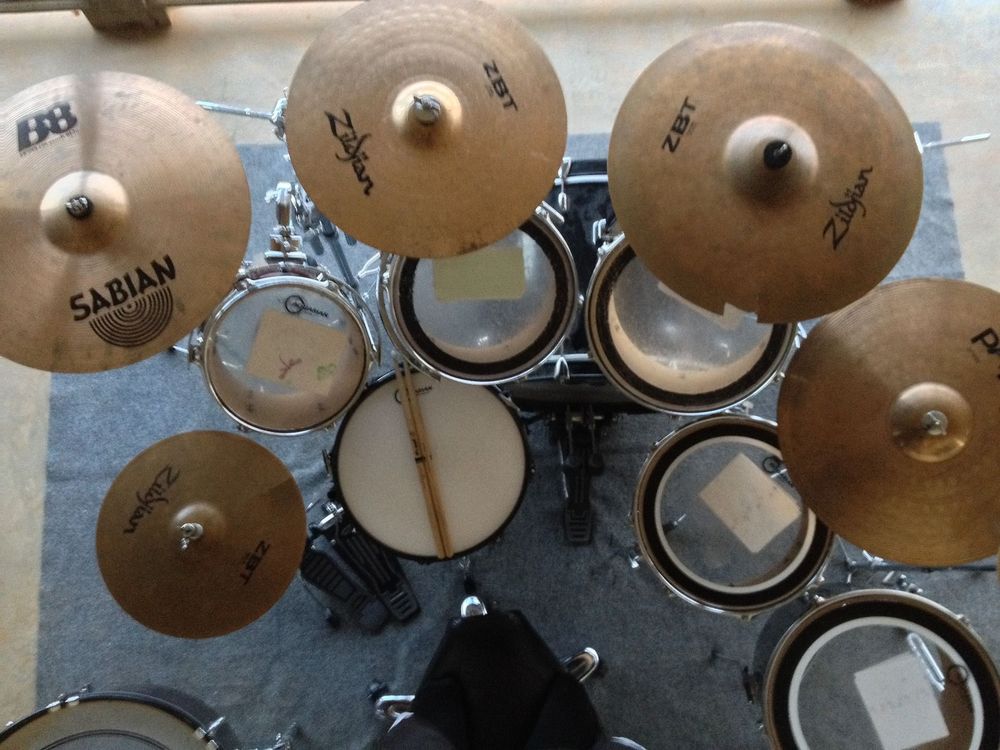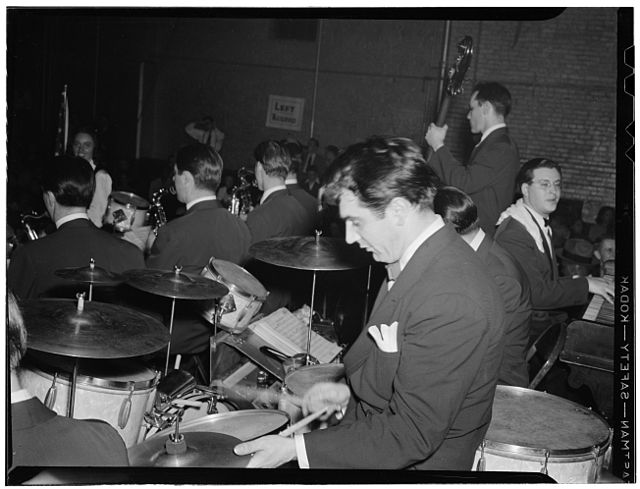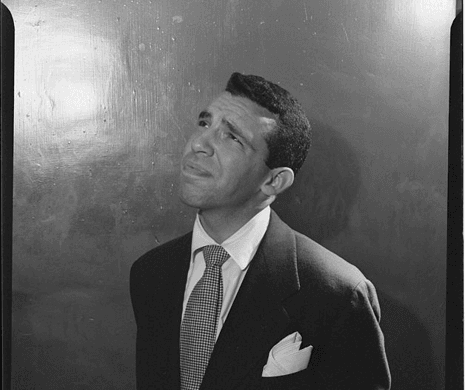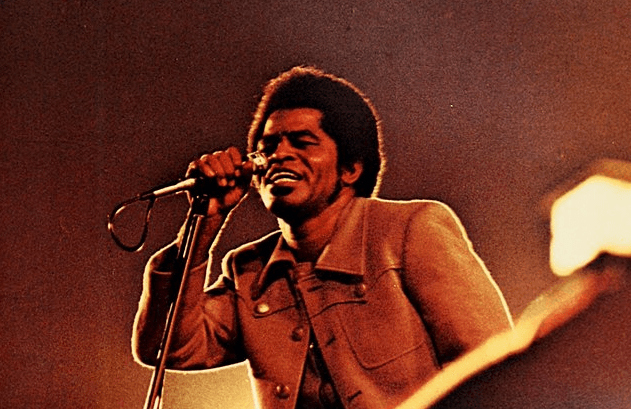Visceral, intuitive, innate - these are just some of the terms that are often tossed around when it comes to drumming. And with good reason. Drumming competes with singing for the title of oldest performance practice in the world. It has a role in every musical tradition on the planet. Rhythm is something we can all instinctively get on board with.
But these concepts don’t really resonate with the idea and characteristics of sheet music, which is fixed, calculated and cerebral. But despite this – or perhaps because of it – sheet music for the drum kit utilises one of the most singular systems in the world of notation.
What makes it so special? It comes down to two factors. First, a kit is unpitched, meaning that standard notational principles don’t apply. But, you might counter, there are lots of unpitched percussion instruments out there, so what makes the kit special?
That leads us nicely to the second factor, which is that a drum set technically constitutes a collective of instruments. It’s a unique setup, and in short a unique notational method has been developed to cater to it.
This article tells you everything you need to know about that method - how it works, and the steps you need to take to start reading it and - more importantly - start drumming.
